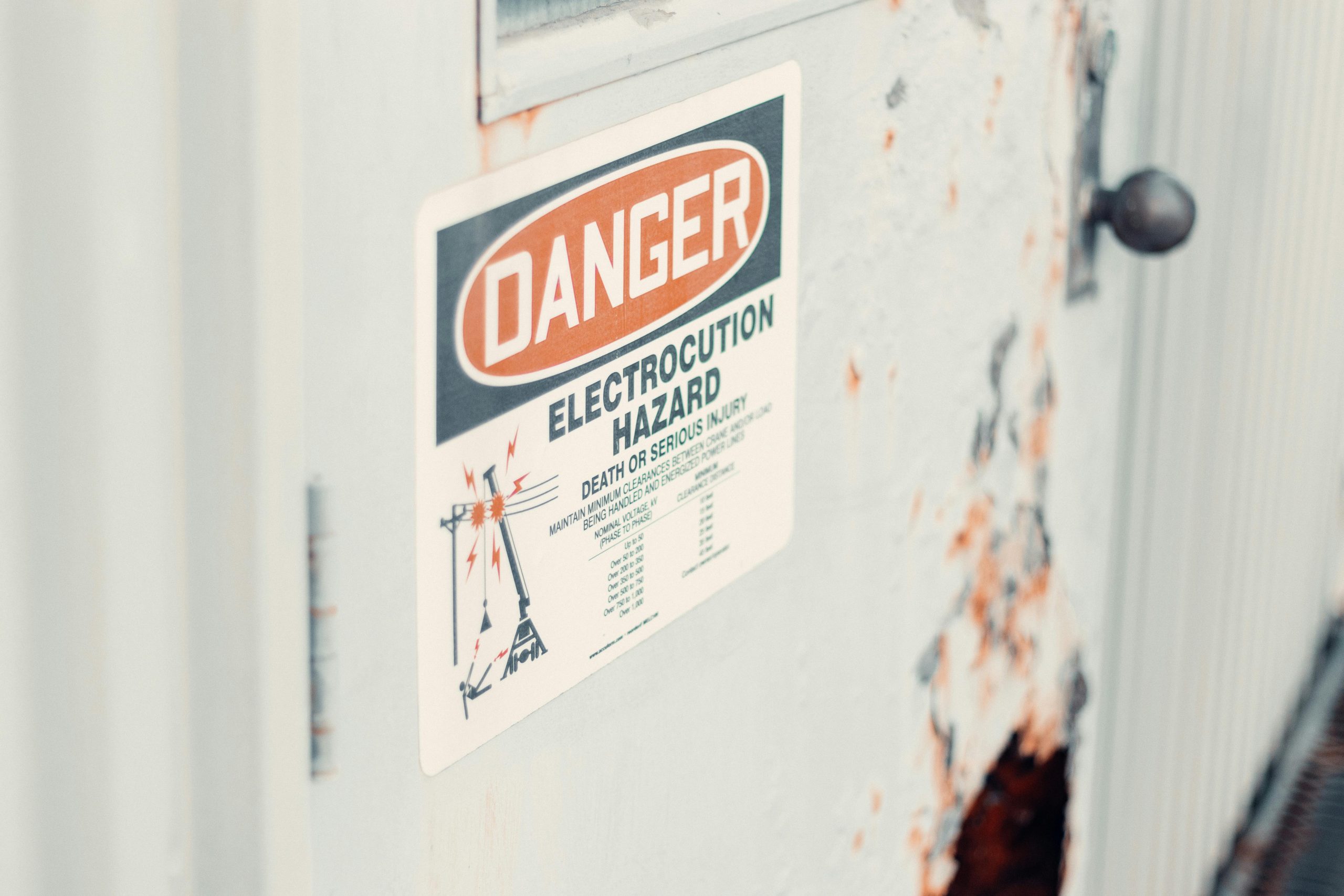Warning labels are a critical part of product safety, providing essential information to prevent injury, damage, and even death. Yet, in our busy daily lives, we often overlook or consciously ignore these crucial messages. We assume we know how to use common household items and that the warnings are just legal formalities for extreme situations. This complacency can be dangerous, as many of these ignored labels address very real and common hazards that can have serious consequences.

Image Source: pexels.com
1. Q-tips: “Do Not Insert Into Ear Canal”
This is perhaps the most famously ignored warning label in the world. Every box of cotton swabs explicitly warns against inserting them into the ear canal, as doing so can push earwax further in, cause blockages, or even puncture the eardrum. Despite this clear instruction from doctors and manufacturers alike, millions of people continue to use them for this exact purpose every single day.
2. Power Strips: “For Indoor Use Only” and “Do Not Overload”
People frequently use indoor power strips for outdoor holiday lights or patio electronics, exposing them to moisture that can cause a short circuit and fire. Even more commonly, users overload them by plugging in high-draw appliances like space heaters, air conditioners, or coffee makers. This can cause the strip to overheat and ignite, a leading cause of electrical fires in the home.
3. Plastic Food Containers: “Not Microwave-Safe”
Many single-use plastic containers, like those for yogurt or margarine, are not designed to withstand the high heat of a microwave. The warning label indicates that the plastic can warp, melt, or leach harmful chemicals like BPA and phthalates into your food when heated. Despite this, people often use them for reheating leftovers out of convenience, ignoring the potential health risks.
4. Hair Dryers: “Electrocution Hazard” Warning Tag

Image Source: pexels.com
Every hair dryer comes with a large tag on its cord warning of the risk of electrocution if used or dropped near water. The tag explicitly states not to use it while bathing. While this may seem obvious, the U.S. Consumer Product Safety Commission reports that dozens of electrocutions still occur this way, proving that this critical warning is not always heeded.
5. Ladders: “Do Not Stand On Top Step”
The very top step of a stepladder is not designed to be a step; it is a platform for tools. The warning sticker indicating this is there for a critical reason: standing on the top cap makes the ladder extremely unstable and dramatically increases the risk of a serious fall. Nevertheless, people trying to gain an extra few inches of height often ignore this rule.
6. Cleaning Products: “Do Not Mix With Other Chemicals”
Warning labels on cleaning products containing bleach or ammonia explicitly state that they should never be mixed with other cleaners. When you mix bleach and ammonia, they create toxic chloramine gas, which can cause severe respiratory damage or even death. Ignoring this warning can turn house cleaning into a life-threatening chemical event.
7. Candles: “Burn Within Sight” and “Keep Away From Flammables”
A scented candle can make a room feel cozy, but its warning label contains essential fire safety rules that are frequently ignored. People often leave candles burning unattended when they leave a room or fall asleep. They also place them too close to flammable items like curtains, books, or bedding, which is a leading cause of candle-related house fires.
8. Knives: “Use a Cutting Board”
While it might not seem like a dire warning, the advice to always use a cutting board protects both you and your countertops. Cutting directly on a hard surface like granite or ceramic dulls the knife blade extremely quickly. A dull knife is more likely to slip and cause a serious injury than a sharp one, making this simple instruction an important safety tip.
9. Mattresses: “Do Not Remove Tag Under Penalty of Law”
This is a widely misunderstood warning label. The “penalty of law” applies to the manufacturer and retailer, not the consumer; it is there to ensure that the seller cannot misrepresent the filling materials. However, the tag also contains important information about the mattress’s flammability standards. Removing it means you lose a record of the safety specifications of the bed you sleep on every night.
10. Antiperspirant: “Apply to Underarms Only”
The warning on antiperspirant and deodorant products is there because the ingredients can cause skin irritation or allergic reactions on more sensitive parts of the body. People sometimes use it on their hands, feet, or face to control sweating, ignoring the label’s advice. This can lead to rashes, itching, and other uncomfortable skin conditions that could easily be avoided.
Heeding the Warnings
These examples show that warning labels are not just suggestions; they are crucial instructions based on real-world risks. Taking a few extra seconds to read and follow the guidance on the products we use every day is a simple but powerful way to protect our health and safety. The warnings are there for a reason, and ignoring them is a gamble that is never worth taking.
What warning label do you think is most often ignored? Have you ever had a mishap from not reading the instructions? Share your story!
Read More

